Flat on my back with my ear pressed against the transmission shifter, the beam from my headlamp pierced the omnipresent blackness that surrounded us. My eyes followed light from the throttle pedal to the brake as I shoehorned my Leatherman pliers into a tangle of electrical wires in pursuit of the accelerator cable.
My legs stretched out the open door into the land of the Boogieman. Friend and fellow journalist Sam Watson kept a vigilant watch on the bush, scanning an abyss of inky shadows with his torch. Iridescent green dots, the telltale of a lion’s eyes, were the last thing he wanted to see. We’d taken a right turn at the last village, and per our instructions driven “about an hour on a rocky two-track” in search of Meru National Park. Realizing we had gone askew, I stopped to make a U-turn. That’s when our Range Rover’s gas pedal fell to the floor. She refused to move.
Near midnight, we decided it might be best to pull into a clearing, throw up the roof tent, and try again in the morning. Sam checked his phone for a signal. One bar. He sent a text to Victor Mutumah, our contact in the park, advising him of the plan and where we thought we might be. His eight-word reply: “Bad idea, you need to return to town.”
The rumble of an engine and tires bouncing off the rutted two-track broke the silence and a pair of headlights appeared, approaching in haste. A Land Cruiser pickup stacked high with white bails of something bounced by, the driver never lifting from the throttle. A minute later the scene replayed with a second—and then a third—identical Land Cruiser, the glow of their taillights disappearing to the northeast.
TIA is the acronym for This Is Africa, a timeworn aphorism used to define the quirky uncertainty and bizarre things, good and not so good, associated with traveling the Dark Continent. This was a TIA moment.
Quiet again, I focused on the task at hand. A length of bailing wire and a few wraps of duct tape set us right, and we gingerly massaged the Landy back to life. “Smugglers. Khat smugglers heading for the Somali border,” Victor informed us when we eventually made our way back to the village about 2 a.m. A wrong turn had put us on the contraband expressway, apparently not a good place for a lost Brit and Yankee to hang out in a disabled vehicle. Fortunately, our armed drug-runners had a more noble purpose than harassing a couple of wayward tourists. It was our lucky day.
Mama ya Simba
We had come to Kenya not as tourists, but to report on conservation efforts in Meru National Park to the north and witness the plethora of wildlife in Tsavo National Park to the south. A week earlier we landed in Nairobi and received news that the Defender 110 we were to borrow had other plans—a major problem. Sam got on the horn and contacted Erikson Rover Safaris, a company he had dealt with a decade prior.
The voice on the other end said, “Sorry mate, all our vehicles are out.” Sam, who is the preeminent disciple of British civility, replied, “I am glad to hear, good sir, that your business is thriving. Kindly, do you have a suggestion for anyfour-wheel-drive we might find in Nairobi?” After a hesitant moment he was advised that they had a shop vehicle, an old Landy, that might be available for our two-week trek.
Enter Mama ya Simba (Swahili for Mother of Lions), a retired 1974 Range Rover Classic with more character than Indiana Jones lying in a pit of vipers. Decades of bush trekking had left her body wrinkled and scarred. None of her doors locked, the hand-crank windows begged for service, and the rear gate and window were an inch shy of closing properly.
She rattled like an antiquated boardwalk rollercoaster, exhaust fumes filled the cabin, her brakes worked slightly better than dragging a foot out the door, and the transmission had seen its best day decades earlier. However, she had a roof rack and tent, a 3.5-liter V8, extra jerry cans, and fired up with the first turn of the key. Mama ya Simba was no pageant queen, but she knew the bush and how to survive. She was perfect, and in the coming weeks we would come to love our mother of lions.
Fossils and Slaves
Though this was my first visit to Kenya, I’d made several trips through the countries of southern Africa and read much of the region’s history. Considered the birthplace of humanity, it was here in Kenya that paleontologist Louis Leakey discovered a million-year-old axe in 1929, and where Martin Pickford unearthed hominid fossils dating back six million years.
The first semi-modern inhabitants of the lowland savanna are said to be the Hadza people, hunter-gatherers who migrated north from the Serengeti Plateau near the third millennia B.C. Arabic influences swept into the region in the first century A.D., but it wasn’t until the Portuguese arrived in 1593, erecting Fort Jesus near present-day Mombasa, that life would change significantly for the Hadza. Masters of the slave trade, the Portuguese exploited the indigenous tribes for more than a century, trading blows with the Omani multiple times for control of the port city.
Kenya eventually became a protectorate of the British Empire and would remain so until it gained its freedom in 1964. As is the case with many indigenous cultures of the world, the Hadza succumbed to slave raiders, introduced diseases, and forced displacement. Today it is estimated that fewer than 500 continue to live in the bush and practice traditional means. Maasai pastoralists also inhabited the region, but most were pushed south into Tanzania when the park was created in 1948.
Poachers and Ivory
Navigating the chaos and congestion of Nairobi, the nation’s capital and a whirlpool of central African culture, we made our way south to Tsavo. Resting in the shadow of Mount Kilimanjaro on the Tanzanian border, the park encompasses 9,000 square kilometers and is home to leopard, hippo, cape buffalo, and Maasai lion. It also has one of central Africa’s healthiest elephant populations.
We met Rikki Agudah and his group from the Bundu Rovers Club, and would spend the coming days learning about the club’s preservation efforts in the region. They work closely with Tsavo Pride, a conservation group whose focus is teaching indigenous communities that they can make more money with a live elephant and tourism than with a dead one.
Although global demand for ivory has diminished and hunting elephants for their tusks has been illegal since 1989, it is still a highly coveted commodity in many Asian cultures. Conservation campaigns and increased enforcement have reduced supplies, but this has driven the price up significantly. A single tusk can be worth up to $22,000 USD, and in a country where per capita income hovers around $2,000 per year the temptation to take part in this profitable, albeit dangerous, endeavor often wins. In Tsavo’s case, poachers usually cross the border from Tanzania under the cloak of darkness, kill an elephant, cut off its tusks, leave the carcass to rot, and then disappear into the night.
Rikki’s group had been raising funds to help build a proper game (human) fence to protect endangered species in the park. They also work with local villages, helping them to secure small plots of land and develop sustainable agriculture. One afternoon we visited one such farm to review the operation and enjoy a delicious meal of traditionally prepared, organically grown vegetables.
Life on the Savanna
Mama ya Simba seemed happy to be back in the bush, her 3.5-liter V8 mill and aging exhaust emitting a throaty timbre as we chugged across the savanna. Her dual carburetors, we quickly realized, were quite thirsty, sucking down petrol like an elephant at a Kalahari water hole.After a few nights we had sorted out the aging roof top tent (duct taping torn screens and zippers), massaged the crusty single-burner propane stove to life, wedged branches and rags into doors that wouldn’t latch securely, and were settling into life in the bush.
One afternoon we sat near the shores of Lake Amboseli, taking a live cinema that would put armchair YouTubers to shame. Across the vast savanna, herds of various ungulates nibbled low-lying grasses while keeping a keen eye on the tree line for lions, hyenas, wild dogs, and other predators. Packs of pachyderms were a bit more relaxed as they meandered along the water’s edge or through acacia and mopani groves, their long trunks keeping to the ground as they sniffed for anything that might be edible.
If you haven’t spent time in third-world countries, the standard of living in urban areas can be shocking. However, I find the bush to be different. It is not that tribal people have more money, they have much less. But rather than existing in abject poverty surrounded by crime and filth, they live much like their ancestors did for a thousand generations—a few key differences being the use of woven clothing, plastic and steel pots… and the occasional cell phone.
The typical abode is the rondavel, a traditional round hut built of branches and insulated with elephant dung. Their days consist of tending livestock, cultivating crops, collecting water, and cooking over an open fire. They are some of the friendliest people you will meet, and like most people everywhere else their dreams are to provide for their families and raise their children as best they can.
Our brief glimpse into the natural beauty of Tsavo was coming to an end, and it was time to head north to Meru National Park and our work with the Kenya Wildlife Service. We said goodbye to Rikki and thanked the Bundu Rovers for sharing their world with us.
A Goat for my Family
While Kenya has much to offer the intrepid traveler, it is a poor country and behavior we Westerners might deem corrupt is simply a way of doing business. While en route north from Nairobi along the Great Rift Valley, a divergent zone between the Somali and Nubian tectonic plates, we met Peter.
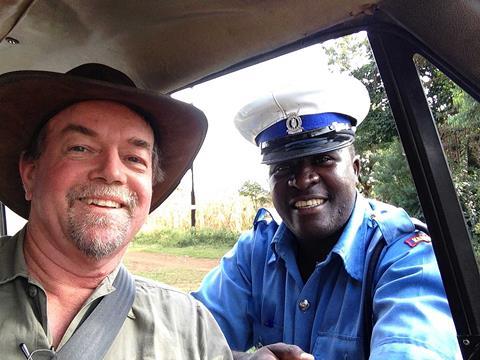
Sporting a neatly pressed uniform and ear-to-ear smile, he waved us over at one of the many police checkpoints and greeted us with a welcoming, “Hello my friends.” In a matter of minutes we had learned about his family, his children’s school activities, and that, to no surprise, we did not possess the appropriate driver’s license to operate a hired vehicle.
Regrettably, he said woefully as if we were dear friends, he must impound Mama ya Simba and we would need take a bus back to Nairobi to sort out a steep fine with the judge. “However,” he continued with a beaming smile, “because we are friends, maybe I can help you.” Sam and I glanced at each other in the here comes the bribe kind of way. “Maybe you can help my family buy a goat for dinner tonight?”
Calling the hire company to query the license in question, we were told it was not required, but it would be easier for all parties if we complied with Peter’s ever-so-pleasant request. A few Tusker beers later, after a long yarn about how he was related to Barack Obama in a Six Degrees of Kevin Bacon kind of way, a wad of Kenyan shillings exchanged hands.
We bid our adieus with heartfelt handshakes, goat-eating smiles, and best wishes for the family. While I have never been one to surrender to roadside bribery, I’ve also never become pals with such a pleasant extortionist…TIA.
Access More Great Stories!
This article originally appeared in OVR Issue 01. For more informative articles like this, consider subscribing to OVR Magazine in print or digital versions here. You can also find the print edition of OVR at your local newsstand by using our Magazine Finder.




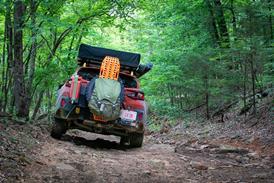
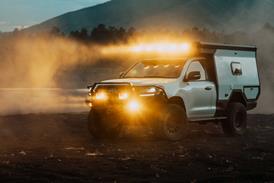
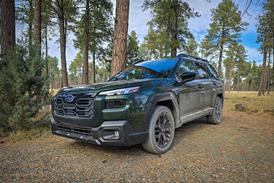
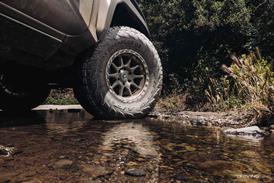
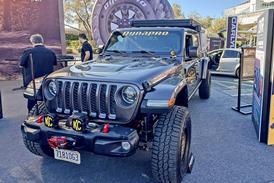
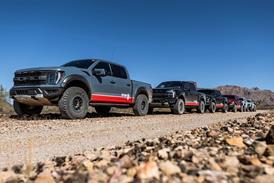
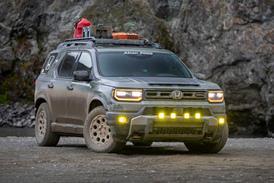


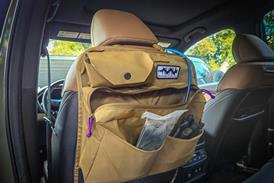
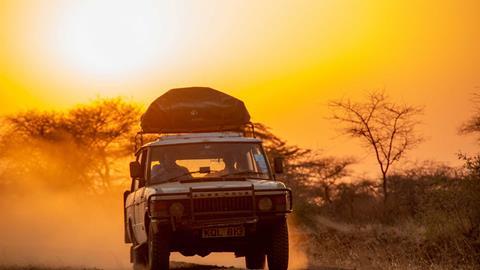
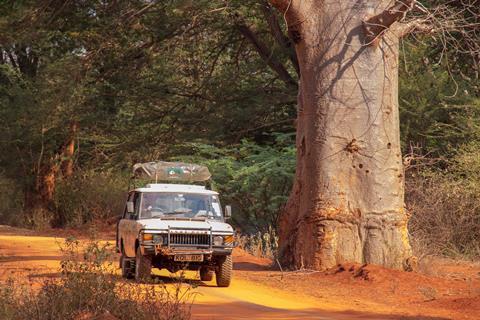

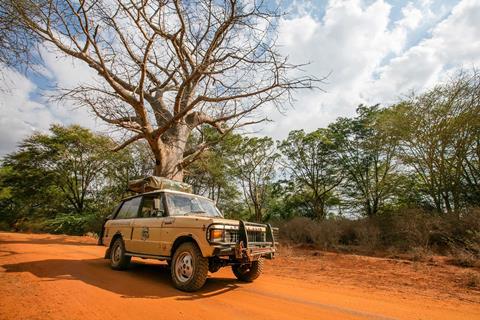



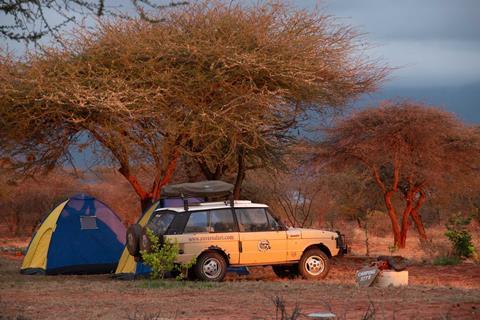
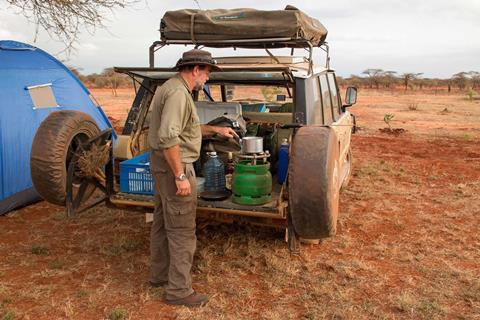

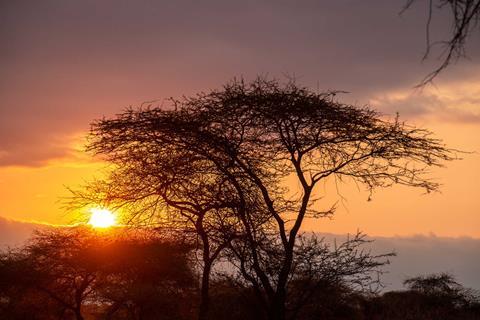

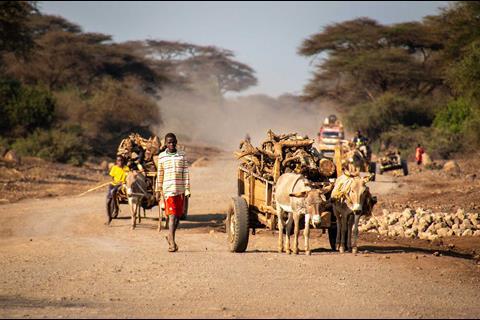
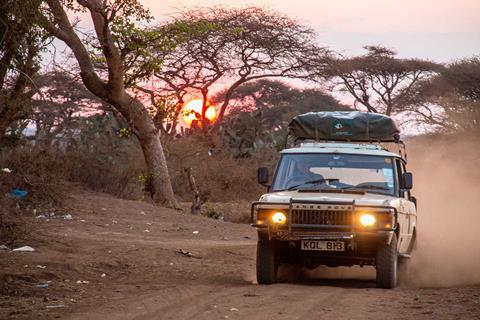
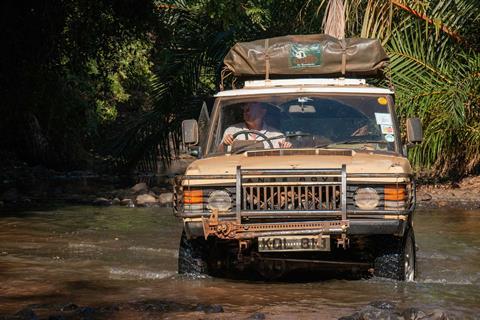
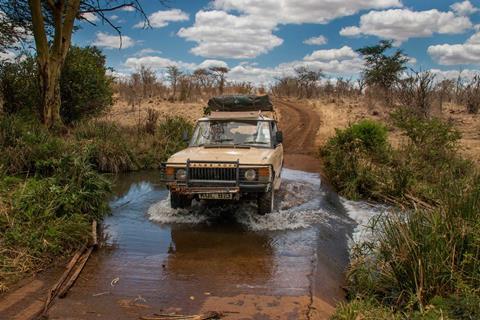
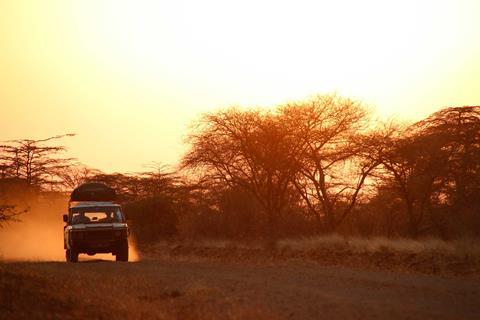
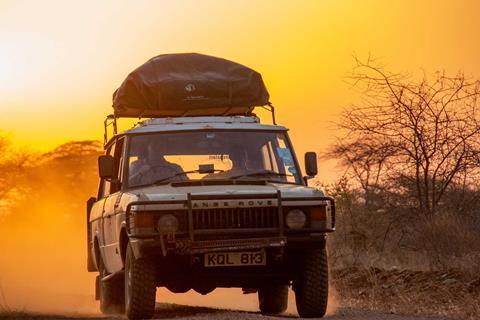
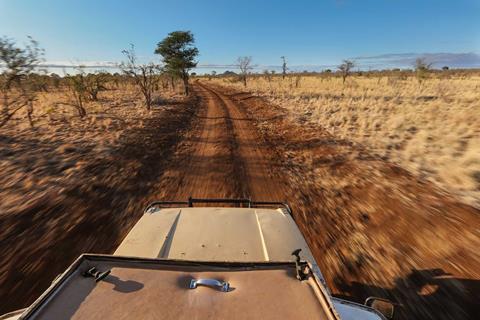
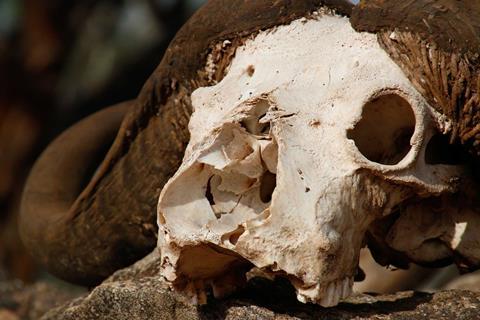
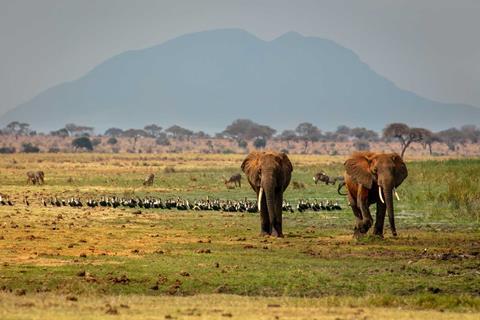

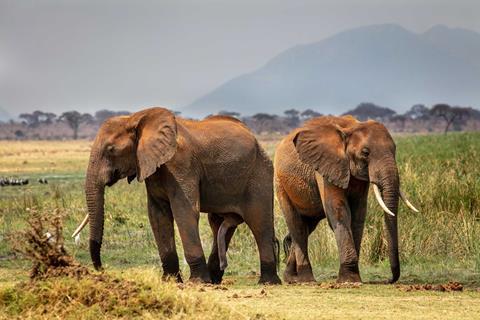

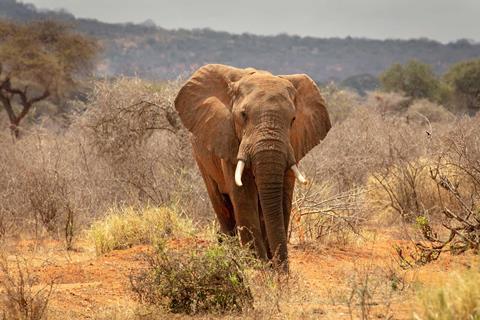
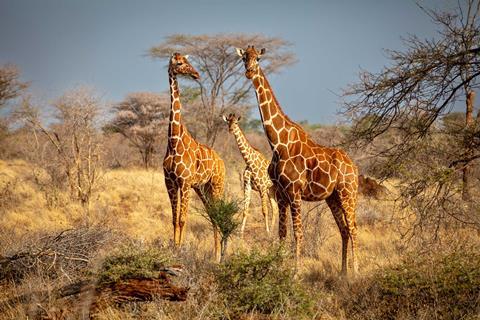
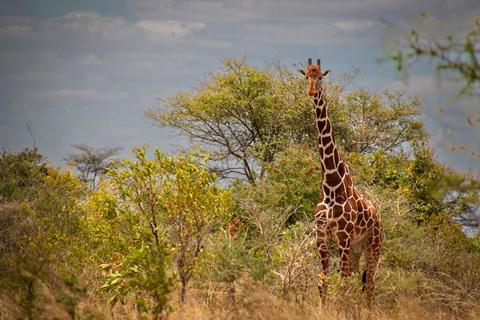
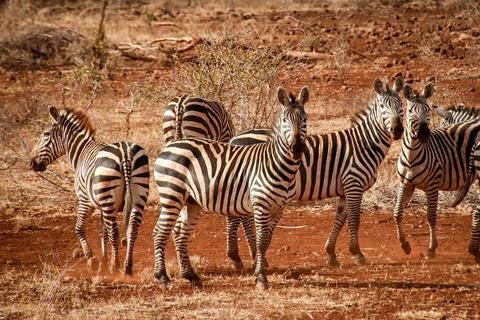
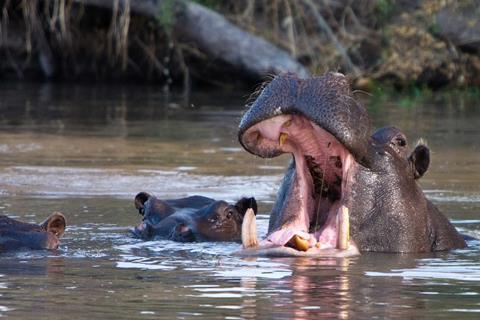



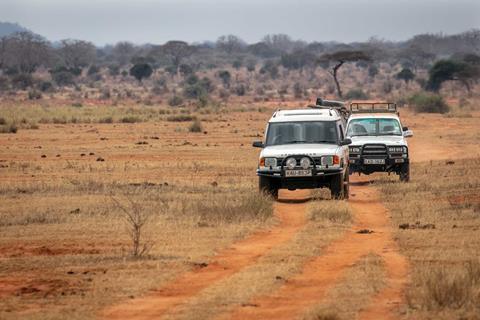


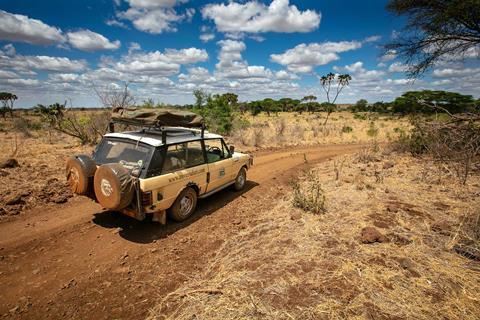
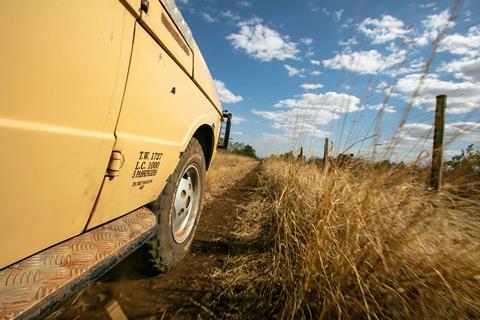
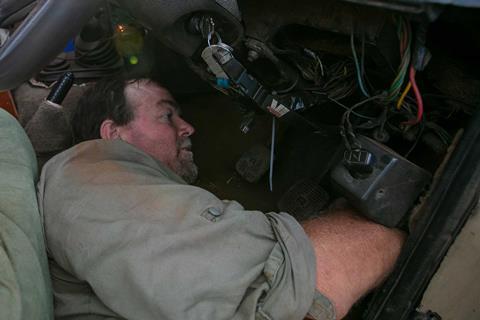






No comments yet